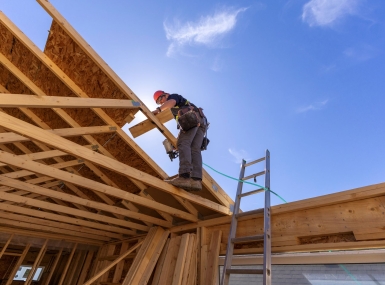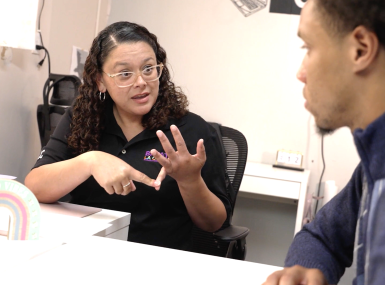Restore Funding for HUD's Home Investment Partnerships (HOME) Program

Author

Eryn Hurley
Upcoming Events
Related News
ACTION NEEDED
Urge your Members of Congress to restore funding for the U.S. Department of Housing and Urban Development’s HOME Investment Partnerships (HOME) program to at least $2.5 billion in FY 2026. The HOME program, funded through the Transportation, Housing and Urban Development (T-HUD) appropriations bill, was funded at $1.5 billion at its inception in FY 1992. Annual appropriations for the program fluctuated between $900 million and $2 billion and most recently received $1.25 billion in FY 2024/2025.
BACKGROUND
Authorized in 1990, the HOME program assists state and local governments in providing affordable housing for low-income families, helping to improve the quality of life in local communities. By law, sixty percent of HOME funds are allocated to 600 participating jurisdictions in counties and cities, and forty percent are allocated to states. HOME funds can be used for the acquisition, reconstruction and rehabilitation of housing. Counties can also use HOME funds for tenant-based rental assistance, providing them with the flexibility to design policies and programs that address local affordable housing needs.
HOME was funded at $1.25 billion in FY 2024/2025, $250 million short of the FY 2023 and FY 2022 funding levels. NACo members are encouraged to contact their members of Congress to restore the HOME program by supporting $2.5 billion in funding.
KEY TALKING POINTS
- Through HOME, states and participating local jurisdictions create partnerships with the private sector that promote affordable housing and leverage private sector financing.
- HOME funding helps local governments provide affordable housing to low-income families and enhances the quality of life in local communities. Every $1.00 of HOME funding leverages $4.52 in other public and private funds. Further, HOME has supported 1.95 million jobs, generating $128 billion in local economic impact.
- Since 1992, HOME funds have supported the creation of over 1.33 million units of affordable housing and provided direct rental assistance to over 400,000 families. In fiscal year 2023, participating jurisdictions completed 6,848 rental housing and 4,051 homebuyer units, assisted 2,717 low-income homeowners to repair their homes, and provided tenant-based rental assistance to 13,016 low-income households.
- HOME’s flexibility allows counties to use funds to build, buy or rehabilitate affordable housing for rent or homeownership, as well as fund direct rental assistance to low-income individuals. Funding for HOME should be increased to $2.5 billion for FY 2026.





